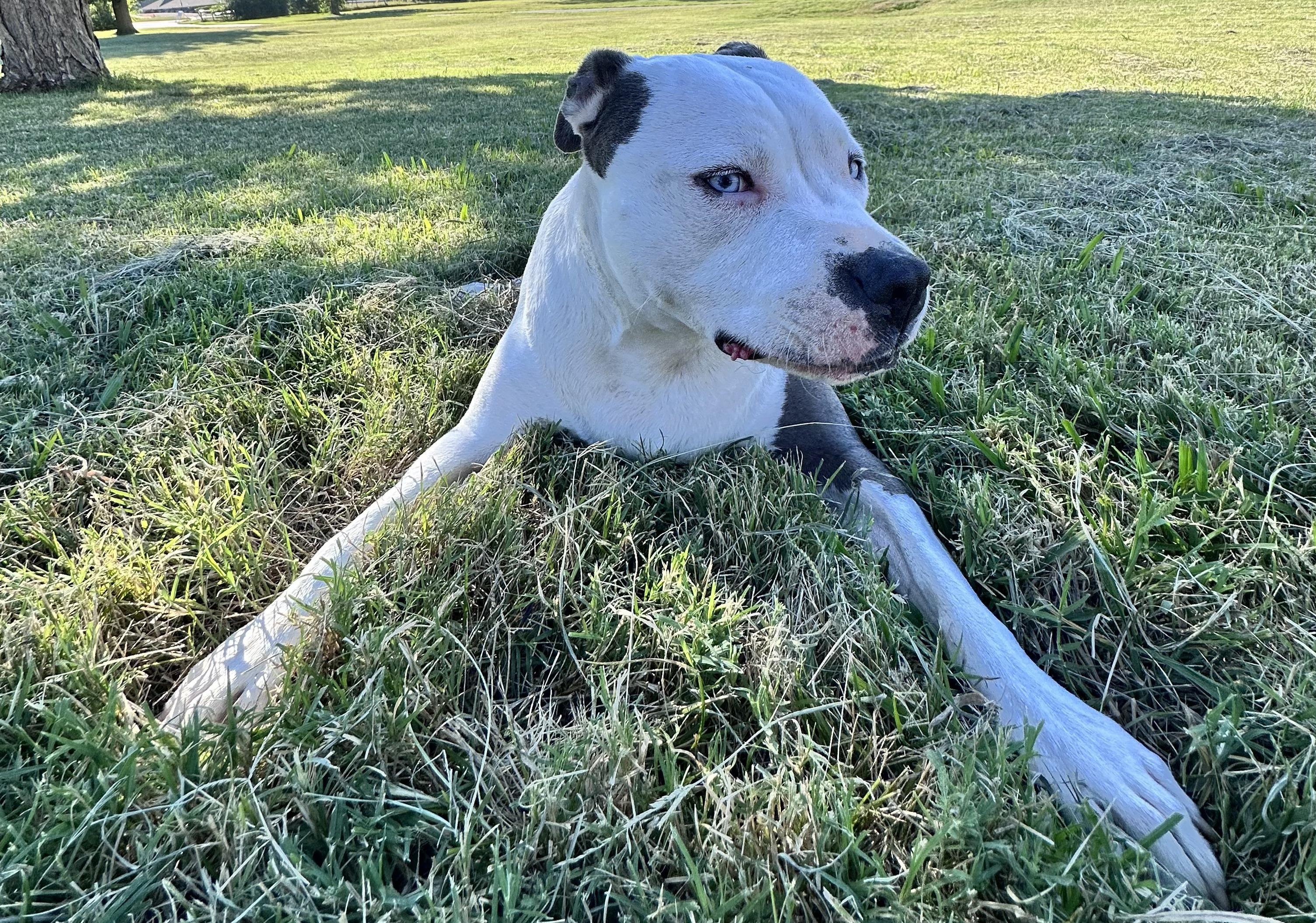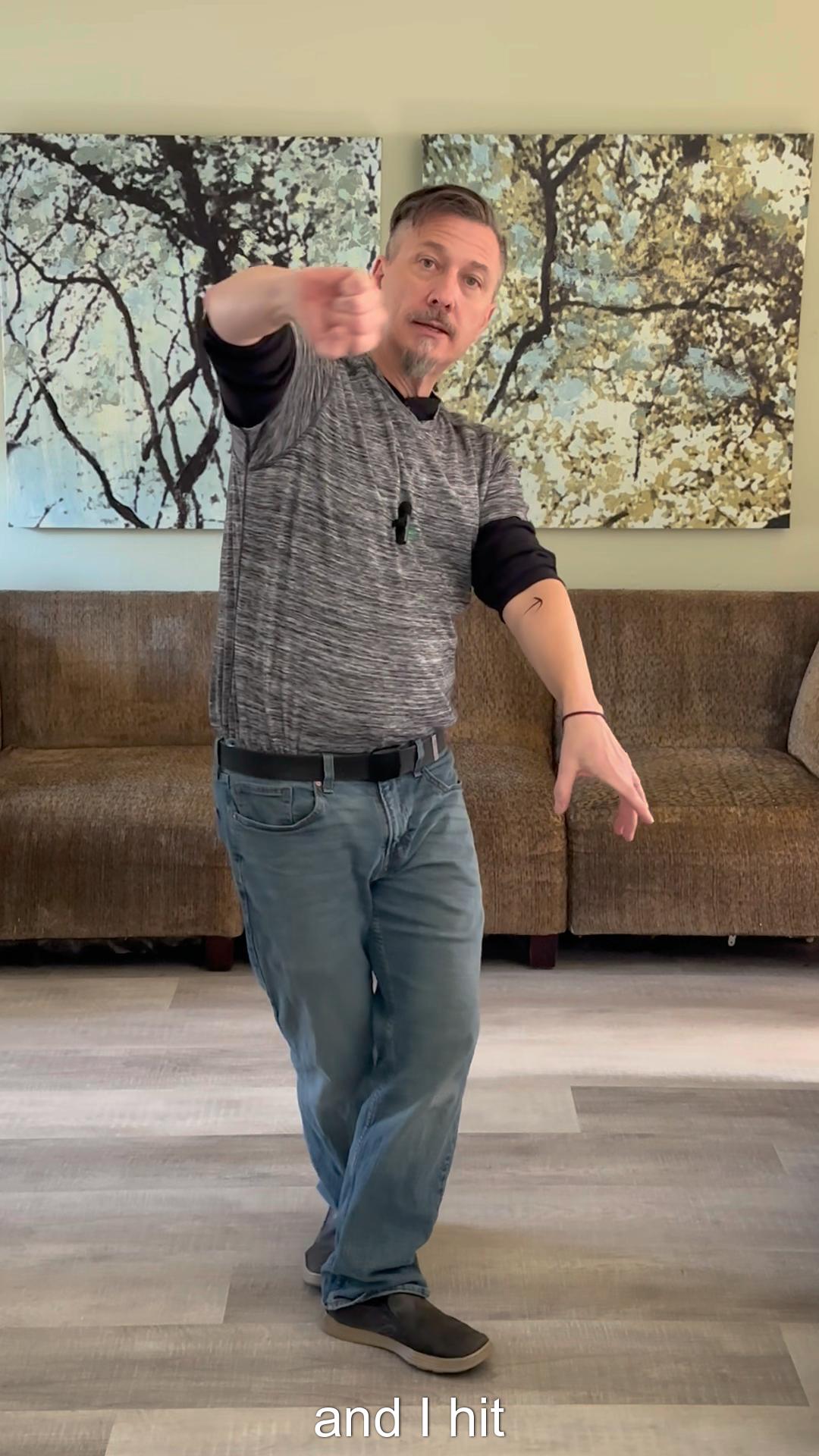XKCD Generally Has The Answer

Models for Change
Here are two models that mix nicely together for change, both personally, and in a professional setting.
- MOIJ / Adding something - Jerry Weinberg
- Value:After:Reward - Like to know
MOIJ & Change
In Jerry’s approach to change, you do not change behavior. Rather, you add a new behavior that hopefully impacts another.
To categorize what to add, look at his model for lower-case l leadership (leadership actions minus the official title)
| M | Motivation |
| O | Organization |
| I | Innovation |
| J | Jiggle |
For the first three, do you need more or less? Adjust. When all else fails go to Jiggle.
A Jiggle is a random event, maybe a foreign element, or just a crazy idea. However, there’s a bunch of stuff going on neurologically when you do this.
Adding causal loop diagrams enhances your ability to target change when considering large systems.
Value:After:Reward
Friend and colleague Ashley Johnson relayed this model to me, and while he told me the source, I don’t remember, and the last time I checked with him, he couldn’t either (it was around 2015).
| Value | What do you hope to get out of this? |
| After | You are adding a behavior to an existing one to make it more sticky, what will be your reminder to do it? Do it AFTER that thing. |
| Celebrate | Did you do it? Celebrate. Get that dopamine hit to tell your brain, I like this neural firing path. |
Application in the Wild
Personal
The first time I recall using these two models together was when I tried to change my eating habits. I wanted to reduce my carbs, as it turns out, after Ashley had told me about ketogenic diets.
I had already been reducing carbs anyway, so it happened that the student was ready when the teacher appeared. Here’s what I did:
| Value | Health, feeling better I knew excessive carbs were bad. I noticed major improvements in 1.5 days. It took months before I noticed a fundamental shift in consciousness that was directing me what and when to eat. |
| After | This became “NO CARBS.” but, when thinking about eating something, read the label. If I can eat as much as I want and keep under 20 net carbs for the day doing so, I can eat it mindlessly, which I’ll be doing, so find something for that. 90% dark chocolate is a good option. |
| Celebrate | I was a bit wishy on this, so my plan was to tap my xiphoid process when I managed to remember to check the label (another bio hack). Turned out unnecessary by 1.5 days later. But it did come back as I deepened my understanding of just what eating KETO does. |
What actually happened:
| Value | I immediately stopped getting daily headaches, and migrants, typically, from flight. By 1.5 days later I noticed extend range of motion in my shoulders while warming up in Tai Chi that |
| After | I still read labels nearly any time I pick something up new. Notice that I set my intention to reading lables, so I set my attention to doing so. And I made it easier for my executive function to know what was easy to eat |
| Celebrate | I stopped having daily headaches and migraines. This negative reinforcement was enough to not go off the diet for 2 years. Now I use it a a tool at times. I got lucky. This is a bit off form. The the model gets you started, but once in application, focus on the outcome, not the models |
This was a jiggle. I wasn’t sure what to do, so I picked this one thing. It was a mix of knowing a little about what is required for ketosis + reading a book years before about mindless eating, which is about changing habits SO you can eat while mindless, e.g, smaller plates.
Work
We were introducing people to working as an ensemble, and had a team from different areas. There was some issue at times with people getting pulled away. We decided to extend our rule of pairing (or mobbing) to disruptions. When our support person got pulled away, we followed.
Six weeks later we had improved their marketing material delivery success from 50% to 96%. There were other benefits;
- we discovered the source of many of the problems and a means to avoid it (eventual consistency issue)
- we pushed a satellite network hard enough that the Satellite Network Provider ended up diagnosing a long-term problem with their existing servers related to ping responses
- and several more
We had no idea that an added behavior, when someone gets pulled away, don’t let the go alone, would lead to what it did.
Like the previous example, we noticed something we didn’t like. People getting pulled away. That was going to be a given, so how can we work with that? One gets pulled away, we work in paris, pair up. Or the way is through.
This could be a Jiggle, or you might say it’s about Organization. The categories are for ideas, once you’ve got the idea, the category is irrelevant.
Like the first example, we managed to hit something important. We got lucky it was so early, but it’s amazing what a little change can do to an experience (the image gives a physical example of the same idea):
Meta Change
If you practice a habit of changing habits, then you’ll naturally come across these an occasional cornerstone. A small change has consequences either downstream, or way out of your expectations. These changes do not have to be big, they don’t even need to try to interrupt some other behavior. They might just open up possibilities you didn’t know existed.
It’s not always pleasant - in fact, it’s likely the opposite until you get used to the uncomfortable feeling. (Notice, I didn’t say it’d go away.)
A Downstream Consequence
At one point in my life, my exercise was walking and tai chi. I tend to be a numbers person, so I kept track. I worked myself up to about 130 miles of walking per month. This took a lot of time and effort, and I was additionally counting calories on my Apple Watch.
Because I was tracking my distance, I caught myself thinking to walk instead of practicing Tai Chi to get miles in.
Observation: Every tool eventually produces the opposite of its intention
I made the following change: Any practice, 15 minutes equals 1 mile - this was good enough to make walking and tai chi equal from a metric standpoint, so it addressed my tendency to watch numbers, but keeping the metric the same. This change addressed a symptom, not a cause, but it worked well for me for a bit.
I kept to my original metric for quite some time, years, until it started being an issue when walking my dog. I would take the dog on a walk ostensibly for her, but really to get my miles in. I would get frustrated because I wanted to walk, not stop and sniff. That self-imposed need created a consequence of getting mad at my dog for being a dog. That is, I was an ass to her.
Cold weather, 3 days of ice falling, and 2 weeks of too-cold-to-walk-the-dog, put me in a tight spot. Virginia Satir would call this a Foreign Element - I could not maintain my well ingrained practices due to circumstances outside my control. I happened to have a little bike/desk thing that I wasn’t using. It had been collecting dust nearby for 4 years.
I took another change approach: Change Structure To Change System, and therefor its output
I put the desk where I work. I put my computer on my bike desk. It took effort to move my computer so the bike was easier to use than to move the computer. Just enough to kick my system 1 in the butt.
Sure, I felt 2 weeks of numb butt, but I got over it. Once I did that, walking was no longer my primary way of getting exercise. Over a few months, I changed my intentions towards walking the dog.
Walking the dog became, and is still now, for her, not me. Instead, I’ll do some yoga poses while she sits, or sometimes I just enjoy watching her sniff things. She’s reading and writing pee mail to all of her remote friends. I also get quite a bit of listening to music and podcasts.
I was able to change my walking goals easily because I was no longer attached to/needing those miles, which were an arbitrary, self-imposed goal. I change my reality when I decided Tai Chi was worth 1 mile for 15 minutes. When I finally realized that my self-imposed goal had become a new prison, I broke out of it.
After reaching a year-end goal, I took of the watch and just stopped tracking. I started tracking something different a few weeks later, then when that became an obsession, I stopped doing it.
I now walk plenty, though not at the same pace. But, more importantly, I just enjoy walking with my sweet baby girl Ripley.

Conclusion
Do you want to learn how to change?
A major benefit of practicing frequent intentional changes is, you get better at both the process of change, but also at observing the impact, and making finer grained adjustments sooner.
If you’re doing it perfectly, you’re attaching, you need to fail some. That is, strive for perfect, but be worried when you think you’ve got it.
However, frequent change practice is a great way to strengthen your Executive Function. And that’s why I like the MOIJ model. If you don’t know what to change, try something.
Here are a final few tips to get you started:
- Pick something small, and change it. Change your path to work. Brush your teeth before/after you shower. Put your other shoe on first. Break any habit.
- Keep doing this. Keep changing habits. Work towards making a habit of making small habit changes.
- Add something new, don’t try to chagne anything directly. To remember it: Value:After:Celebrate. And CELEBRATE. If you don’t, you’re missing a key element from a neurological standpoint. Close the feedback loop with a dose of dopamine.
- Initially, your goal is the practice of practicing change. NOT changing any specific thing. Really, focus on the practice of practice, not the results.
- Later, you can attempt to target something to change an unwanted behavior. You might get it. When you do not, see what did change.
- You will fail. If you don’t you’re likely attaching and likely not learning.
Fail might be a strong word. You will not be perfect. But let’s say you do something 20 times a day, and on the first day of the new you, you manage to just notice that you did it 20 times. Assuming you didn’t know it was 20, success! Pat yourself on the back. You’ll be better at noticing it tomorrow. And that is BETTER. Not knowing -> knowing a little.
A few days latter, you notice it 1/ 20 times. You might even notice the anticipation of noticing it. You did something off habit. This is huge. Your brain, wanting to conserve energy, is going to tell you it wasn’t worth it, too small value to be worth the effort. Your brain lies all the time, don’t believe it. Just because it can make thoughts, doesn’t mean those thoughts are correct. Put the ring in ox’s nose. The brain pushes back. You keep doing it. The nural pathways are getting more established, costing less, the brain complains less.
One of my biggest challenges was about what is “enough?” to consider something better/successful/pick your goal.
While this is a personal answer, I strongly encourage you to make what you need to feel successful as small as possible. And remember, it’s not going to be the same from day to day.
One last suggestion. Play and have fun.
 Collected works and current thoughts
Collected works and current thoughts

